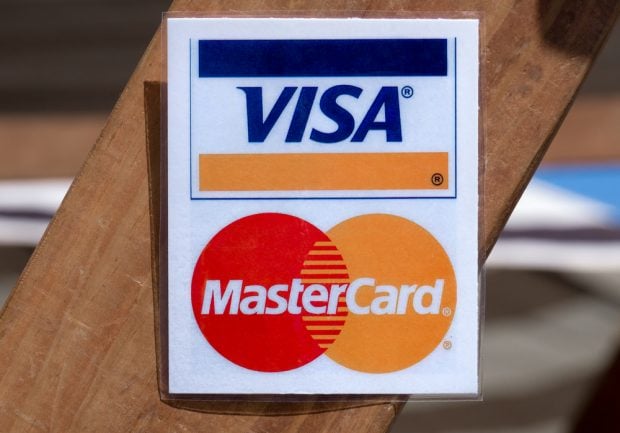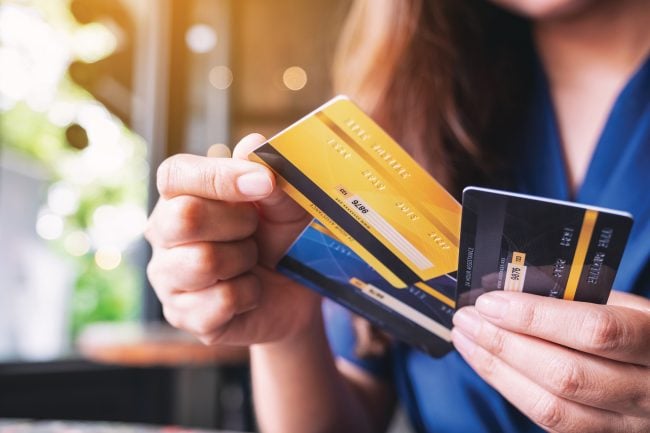What's old is new again, sighed John Buzzard, an executive withFICO's Card Alert Service. The occasion was the release of a new FICO report that tracks card fraud. The bigtrend: fraud is up, said Buzzard, and old-fashioned skimming atbank and credit union ATMs is leading the way.
|“Criminals are attacking financial institution-owned ATMs,” saidBuzzard, referring to the use of skimmers affixed to ATMs to gathermagnetic stripe data. Usually there's an associated pinhole camerato get PINs.
|In an era dominated by technology anxieties – Zeus, DDoS and Chinese Advanced Persistent Threats for instance – it issobering to be reminded that a lot of ongoing theft is skimming,which dates back 30-plus years and is technically about as simpleas using a sheet of carbon paper to make a copy of a document.
|Lately, crooks have had their eyes fixed on financialinstitution ATMs. Skimming at POS devices in fact dipped significantly from 2011to 2012. In 2011 POS fraud accounted for 79% of incidents. In 2012the POS share fell to 36%.
|Bank ATMs meantime climbed to 46% of skimming incidents in 2012,according to the FICOnumbers.
|Card fraud is up in 20 states, according to the FICO data. Mostof the East Coast saw significant jumps.
|The state with the biggest year-on-year increase: South Dakota,up 26%.
|An interactive mapoffers state-by-state data.
|A new wrinkle: “We are seeing more amateurs involved in cardskimming.” In a down economy the sizable returns seem to beattracting newcomers, elaborated Buzzard. “Would you rather make$30,000 in a year – or a day?”
|Technology advances also may be luring in newcomers. Buzzardsaid the cost of the gear needed to skim keeps plunging – heestimated $3,000 to $5,000 would be ample to get started.
|Then too, technology tweaks are making it safer for crooks todeploy skimmers. “If the criminal uses Bluetooth” – wireless datatransmission tools – “to gather the data he has harvested, risk ofdetection is very low,” said Buzzard.
|That's because the two usual moments of vulnerability for askimmer crook is when he installs the skimmer and then again whenhe takes it out. But if he is willing to abandon the skimmeronsite, that cuts his chances of arrest in half.
|Those who are arrested – which occurs rarely – usually are“money mules,” said Buzzard, low-level criminals who are paid apercentage of the proceeds to harvest money. Of course, theamateurs also run risks arising from inexperience.
|The criminal heads of the skimming enterprises tend to be wellinsulated, said Buzzard.
|Mainly, too, skimming is easy pickings for crooks, suggestedBuzzard. As financial institutions toughen one attack surface –making it harder to skim in the ATM card slot, for instance –
|criminals migrate to other attack surfaces. He pointed to therise in vestibule door skimmers, where crooks gather mag stripe datawhen consumers swipe their card to gain entry to an ATM behind alocked door.
|Will the conversion to PIN and chip, EMV-compliant cards –supposedly slated to happen by 2015 – immediately end skimming?Buzzard doubts it. His guess is that will take a year or threebeyond 2015 before most ATMs and similar devices are in fact EMVcompliant.
Complete your profile to continue reading and get FREE access to CUTimes.com, part of your ALM digital membership.
Your access to unlimited CUTimes.com content isn’t changing.
Once you are an ALM digital member, you’ll receive:
- Critical CUTimes.com information including comprehensive product and service provider listings via the Marketplace Directory, CU Careers, resources from industry leaders, webcasts, and breaking news, analysis and more with our informative Newsletters.
- Exclusive discounts on ALM and CU Times events.
- Access to other award-winning ALM websites including Law.com and GlobeSt.com.
Already have an account? Sign In
© 2024 ALM Global, LLC, All Rights Reserved. Request academic re-use from www.copyright.com. All other uses, submit a request to [email protected]. For more information visit Asset & Logo Licensing.









